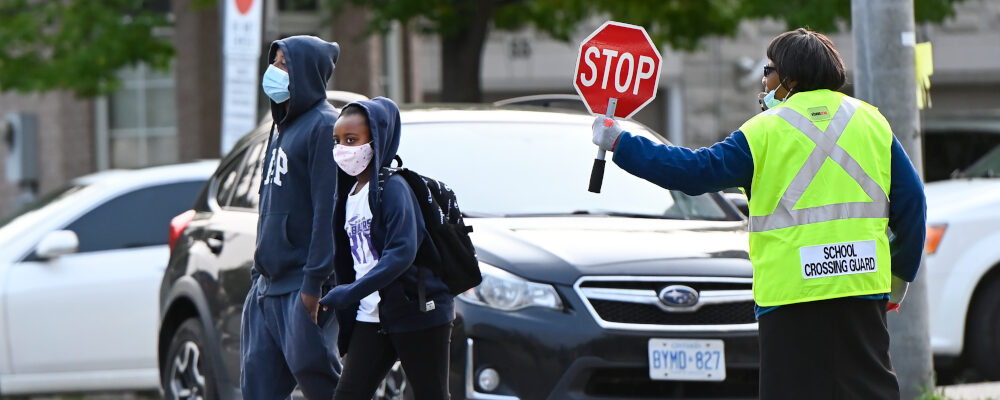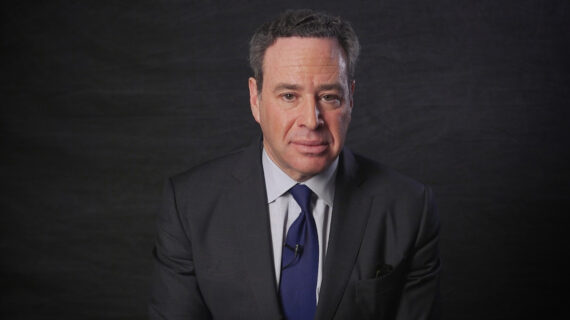Last month, after the U.S. Supreme Court denied the constitutionality of race-based affirmative action in Students for Fair Admissions, hysterical speculation about whether such a result might obtain in Canadian courts was swift. So was the predictable Canadian gloating: Bob Rae tweeted out that he was “proud that Canada’s Charter of Rights specifically permits affirmative action.”
Rae is correct. Section 15 of the Charter, which guarantees equality rights, reads as follows:
15 (1) Every individual is equal before and under the law and has the right to the equal protection and equal benefit of the law without discrimination and, in particular, without discrimination based on race, national or ethnic origin, colour, religion, sex, age or mental or physical disability.
(2) Subsection (1) does not preclude any law, program or activity that has as its object the amelioration of conditions of disadvantaged individuals or groups including those that are disadvantaged because of race, national or ethnic origin, colour, religion, sex, age or mental or physical disability.
The second clause is understood to grant a sort of constitutionalized exception from s. 15(1)’s guarantee of equal treatment under the law: in 2009’s R v Kapp, the Supreme Court of Canada held that the aim of s. 15(2) is “enabling governments to pro-actively combat discrimination by developing programs aimed at helping disadvantaged groups improve their situation.”
This seems to make good sense. And yet, in that same seminal case the SCC clarified that “Section 15(1) and s. 15(2) work together to promote the vision of substantive equality that underlies s. 15 as a whole.” (Emphasis mine). In other words, s. 15(2)’s countenance of affirmative action must be read in context. It was not intended and cannot act as a total shield from the overall right all persons enjoy against discrimination on enumerated and analogous grounds.
The next question to consider, then, is how far arms of the state—including governments, public schools boards, and, somewhat more ambiguously, universities and colleges—may go in advancing the interests of one group above that of another before they violate our general societal commitment that every citizen has a natural right to equal treatment under the law. Affirmative action is undeniably a zero-sum game, advancing the interests of one group above those of another. Sometimes, it tips over into outright discrimination against certain groups, most notoriously Asians. In those cases, section 15 has arguably been violated.
Several public programs currently operating in Canada appear to strain s. 15(2)’s premise of promoting substantive equality by allowing targeted measures for disadvantaged groups.
First, in 2022 the Toronto District School Board replaced a merit-based system with a lottery for its highly competitive specialized programs, which offer opportunities for enriched study in many subjects including the International Baccalaureate, math, computer science, and the arts. The programs’ stated aim is to enable high-achieving students to thrive and reach their potential. Under the new lottery system, 20 percent of seats in specialized programs are reserved for self-identified Black, Indigenous, and Latino students. While this mirrors Toronto’s demographics, it does not mirror the rates of application to the specialized programs, where Asian students apply at disproportionately large rates and all other groups (White, Black, Indigenous, Latino, Middle Eastern) apply at smaller rates than their demographic share. A University of Toronto economist concluded that the policy had the result that BILM students were four times more likely than any other group to be admitted.
Preferring Black or Latino students may make these specialized programs look more like a Benneton ad, but it’s not clear how the lottery promotes substantive equality. Asian Canadians get punished despite being historically disadvantaged, targeted by racism, and, in many cases, facing greater economic disadvantage.
Asian students, at least those whose parents immigrated in the past decade or so, are more likely to come from low-income families. Since 2010, Statistics Canada has tracked the income progress of immigrants from 30 countries. The numbers show that Asian immigrants tend to earn much less on average than immigrants from Africa and Latin America. In 2020, Asian immigrants who had arrived in Canada in 2010 were earning just $35,000 per year on average, with Afghans at the very bottom ($19,400), followed by Vietnamese ($20,200), Iraqis ($21,600), South Koreans ($24,900), and Chinese ($26,500). Africans were earning $40,200 on average—more than immigrants from any Asian country on the list. Nigerians were earning $46,000. Cameroonians were at the very top of the list, raking in $57,200 on average.
Asian Canadians have suffered painful racism too. Japanese Canadians had their property stolen and were interned in government camps during the Second World War. Chinese immigrants were forced to pay a special head tax from 1885 to 1923. Now, many Asians face contemporary pressure to act as “model minorities” (somewhat ironically, as it seems to be the cause of their current marginalization). Hampering their ability to apply and thrive in enrichment programs requires, at the very least, a clear and publicly articulated rationale.
Oddly, a shift from merit to lottery-based admissions to the TDSB’s special programs would seem to undermine the basis for the program in the first place: to allow students of extraordinary academic aptitude to be challenged and to flourish.
The University of Calgary also raised eyebrows when it announced its cluster hiring initiative, which would see the university designate 45 academic hiring positions over the next three years only to specified underrepresented groups: women, Indigenous peoples, racialized minorities, persons with disabilities, and LGBTQ2S persons. White males, even those who may have overcome significant hardship, whether from poverty or other individual circumstances, who are neither LGBTQ2S nor disabled, are clearly excluded from even being considered.

Given the scope of this initiative, excluding such a significant portion of the population from even applying to a public university funded by their tax dollars seems on its face, at the very least, to merit specific and compelling evidence from the university that such an intervention is both necessary and will further the end of substantive equality.
The legal philosopher Ronald Dworkin connects the obligation to treat citizens equally with political legitimacy: “Government must treat each and every person over whom it claims dominion with an equal concern and an equal respect.” Equal concern means that “social policy must take the fate of each individual to be equally important with the fate of any other.” When deciding on a policy, public bodies cannot dismiss its effect on some citizens.
Nor does Dworkin propose that equality of outcomes is necessarily just. Unequal distribution of resources is considered fair, to Dworkin, when it results from the decisions and intentional actions of those concerned. In the TDSB example, where overrepresentation (relative to share of population) of Asian students in specialized programs is demonstrably not due to bias in favour of Asians but rather a greater propensity to apply and apparently superior academic merit, Dworkin would likely conclude that it represented a just distribution of social resources.
Ultimately, while s. 15(2) clarifies that differential treatment may sometimes be justified, it is not a trump card, doesn’t pre-empt the guarantee of equal treatment under the law that s. 15(1) provides, and certainly does not excuse public bodies from their requirement to furnish specific, compelling, and rigorous evidence of its necessity.




